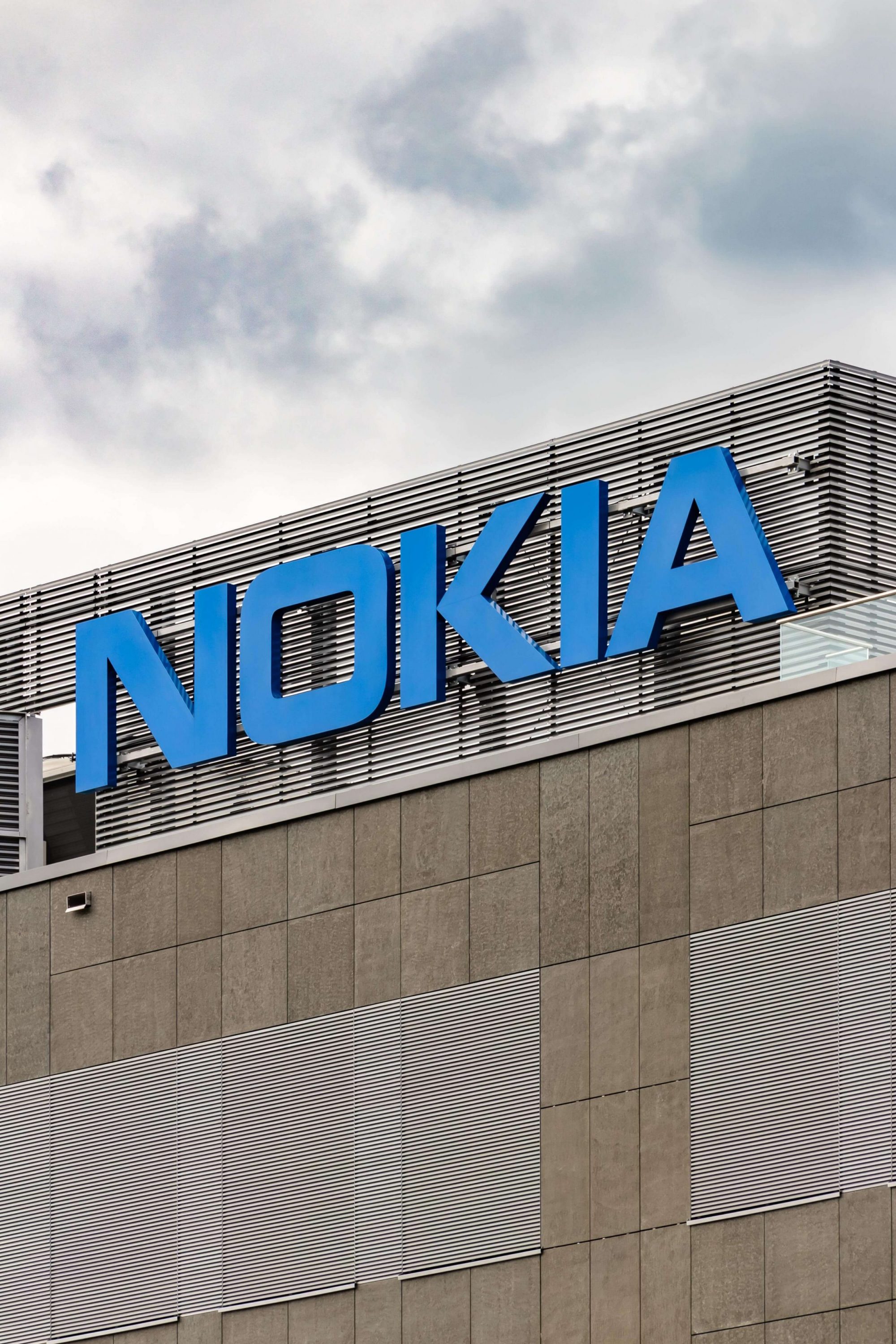
Photo by Pawel Czerwinski on Unsplash
Approximately 15 years ago, professor Juha-Antti Lamberg (Jyväskylä University), Henrikki Tikkanen (Aalto University), and I started a research project on the historical evolution of Nokia Corporation’s strategy. One of the outcomes of the research project was published earlier this year in Academy of Management Discoveries
(a post-print version available here).
As the space for managerial implications in academic journal articles is always rather restricted, I decided to provide some more detailed managerial recommendations based on our study in this blog entry. Specifically, based on the results of the historical study of Nokia’s strategic evolution, the table below proposes a new template through which contemporary organizations can better manage their strategic risks.
|
|
A. Mitigating actions |
B. Alternative strategic plans |
||||
|
Risk |
i) Reducing the likelihood of the risk |
Responsible manager for |
(ii) Proactively reducing the impact |
Responsible manager |
Plan B’s to the risks |
Responsible |
|
R1: Acquired TV companies/factories in Germany and |
Employing an experienced post-acquisition |
Manager1 |
Closing down the most unprofitable production |
Manager2 |
Plan B1 to R1: |
Manager1 |
|
Plan B2 to R1: Divesting the acquired |
Manager3 |
|||||
|
R2: Doing business
|
Maintaining good contacts with authorities in Russia
|
Manager3 |
Not making new investments in Russia;
|
Manager4 |
Plan B1 to R2: Influencing own country’s politicians (incl. sanctions) so that business in Russia does notneed to be ended overnight Plan B2 to R2: Finding a buyer for selling
|
Manager5
Manager7 & Manager8 |
The black parts/texts in the table represent a template through which firms traditionally tend to manage their strategic risks. That is, they tend to identify and list a number of strategic risks, as well as outline mitigating actions to reduce the
likelihood or impact of the identified risks.
Beyond the parts/texts on black in the below table, the parts/texts highlighted in red are aspects that we propose for firms to include in their risk management templates, based on the findings of our study on Nokia. Other inspirations for the red parts have been the Covid-19 pandemic as well as the war in Ukraine, which started and progressed at the same time as we were finishing our article on Nokia.
As shown by the black parts/texts of the table, the current risk management templates in firms typically include one column identifying the risks, as well as one column indicating the “mitigating actions”: what the management plans to do in order to reduce the likelihood of the risk or the impact of the risk. Usually, one top manager or executive is also mentioned as the responsible person (e.g., “Manager 1” in the second column) for the mitigating action.
Now, based on our research on Nokia, we propose three additions and enhancements (highlighted in red in the table) to the conventional risk management template.
Three Enhancements to The Conventional Risk Management Template
1. Separating “mitigating actions” to reduce the likelihood of the risk vs. the impact of the risk
Firstly, conventional templates typically include only one column for “mitigating actions”—actions to reduce the likelihood of the risk or the impact of the risk. However, in our proposal we recommend identifying and planning for these two types of actions separately, as indicated the separate columns [i] vs. [ii] in the table. The separation of these two aspects is to encourage the top management to not only plan either for actions to reduce the likelihood of the risk realizing or for actions to reduce the impact of the risk, but for both.
It is particularly important for managers to plan and implement the latter type (ii) of mitigating action, which involves proactively reducing the impact of the risk for the company. There are two reasons for this. On one hand, for many risks, the managers cannot themselves reduce or affect the likelihood of the risk being realized. This is especially true if the risk, or the event(s) causing it, resides in an external environment, beyond managerial control (e.g., a global financial crisis, Covid-19 pandemic, Russia’s invasion of Ukraine).
On the other hand, even if the risk as such did not necessarily pertain only to the external environment (e.g., “Doing business in Russia becomes impossible”), there may be an indefinite number of events, part of which are unforeseeable chance events that may cause that risk to realize . Thus, there is no way the managers can realistically mitigate all these causes beforehand, or even identify all of them in advance, especially since part of them may be unforeseeable chance events (e.g., “wild cards” or “black swans”). Therefore, it is not sufficient to come up with a mitigating action to reduce the likelihood of one of the multiple possible events causing the risk realizing, but managers also need to plan and implement mitigating actions to reduce the impact of the risk if it indeed realizes.
2. Outlining alternative strategic plans if the risk is realized
Secondly, we propose the addition of an entirely new column to the conventional risk management template: (B) “Alternative strategic plans if the risk is realized.” Whereas the previous column (A.ii) specified the actions that the top management plans to undertake proactively, before the risk is possibly realized, the additional column (B) identifies a list of alternative actions that the management makes after the risk has de facto realized.
Column (B) is a crucial addition to the template, considering that in the conventional template, no Plan B’s have necessarily been thought out, even for such risks that have a fairly high likelihood of materializing. For instance, after the Russian attacks on Georgia (2008) and Crimea (2014), it was rather obvious that the risk of “Doing business in Russia becomes impossible” could be realized in multiple alternative ways and formats in the coming years, due to
multiple alternative non-chance and/or chance events (see footnote 1. above). Consequently, it should have been self-evident to all companies conducting business in Russia, that several alternative strategic options—Plan B1, B2,—should have been specified for this risk no later than 2014. Yet, it seems that most European companies doing business in Russia did not have a single tangible Plan B thought out even as late as February 2022, when the risk was actually realized.
In contrast, in Nokia’s case, what may have saved the company in the 2010s was the fact that top management had identified, in advance, one strategic option as Plan B: “selling Mobile Phones and Smartphone units to Microsoft”. Since this strategic option was acknowledged as one viable Plan B in advance, the execution of the plan was relatively swift when all other strategic options went sour.
______________________________________________________________________________________________
[1] e.g., the company’s local managers in Russia are imprisoned; Russia’s new leadership nationalizes the company’s production facilities; Russia’s banking system collapses; the E.U./U.S. and Russia enter into a trade/sanctions war; Russia invades Georgia, Ukraine, or another neighboring country, etc.
3. Assigning responsibilities for mitigating actions and Plan Bs
Thirdly and finally, we propose certain enhancements to how responsibilities for (A) mitigating actions, as well as the (B) Plan Bs, are assigned. Traditionally, only one top management team member is listed as responsible for the (A) mitigating actions for each risk. We propose that for each risk, a different top manager should be assigned as the responsible person for (A.i) mitigating actions to reduce the likelihood of the risk, versus (A.ii) mitigation actions to reduce the impact of the risk, versus each of the (B) alternative strategic choice options or Plan Bs. Moreover, for each of the alternative Plan Bs, two top managers should be assigned as responsible persons.
Assigning different managers with the responsibility for A.i vs. Aii vs. B is relevant because the findings of our Nokia study showed that the viability of different strategic choice options may be considerably influenced by political dynamics
within the top management, as well changes therein. If there is only one manager responsible for a given strategic risk or Plan B, and that person unexpectedly resigns (or in the worst case, dies, as in Nokia’s case in the 1980s), then the mitigating actions and Plan Bs for that risk are significantly jeopardized.
Therefore, if there are separate managers responsible for each risk mitigating action and Plan B, then the management of that risk is not dependent on just one person. This approach makes the strategic success vs. failure of the firm less dependent on the personal preferences and biases of single executives as well.
Jaakko Aspara holds the C. Grönroos Professor chair at Hanken School of Economics, specialized in market strategy and service business. Aspara’s research focuses on the interface of strategy vs. marketing, interface of strategy vs. consumer behavior, and interface of marketing vs. finance. Specific research topics include, e.g., business models, innovations, platform businesses, sharing economy, and AI- and big data-based businesses, as well as the role of consumer behavior and psychology in these.

